CT Scan
CT Scans are used to help diagnose and plan treatment for various conditions.
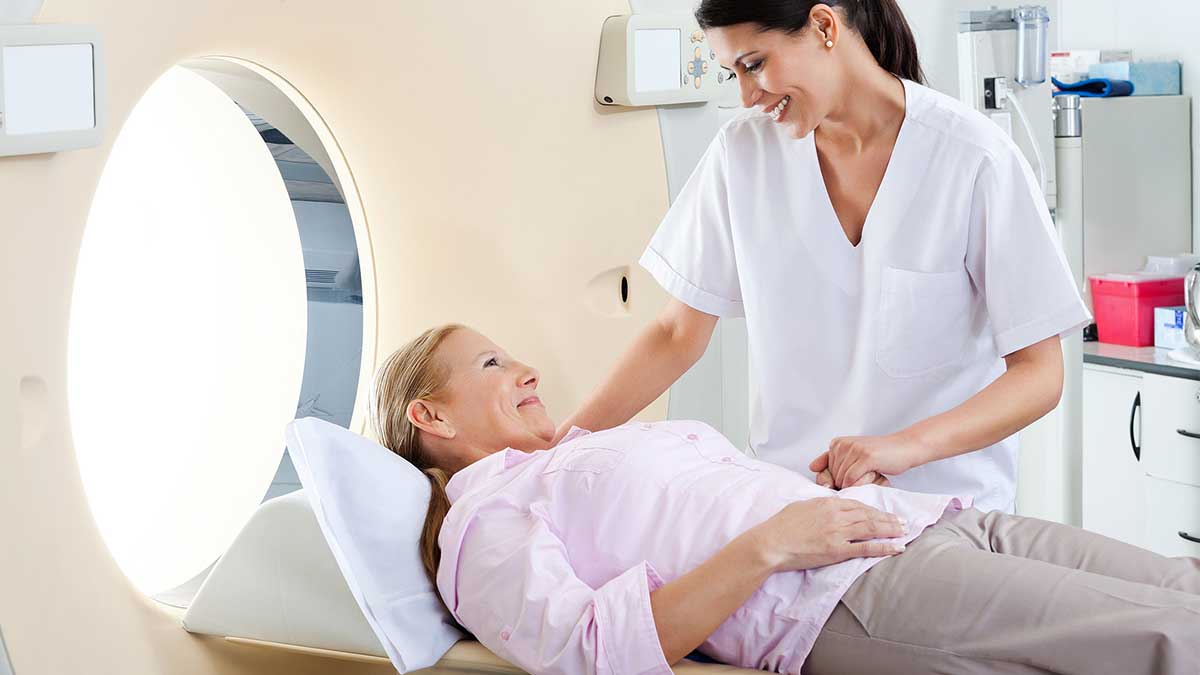
We offer CT exams for most body structures, such as:
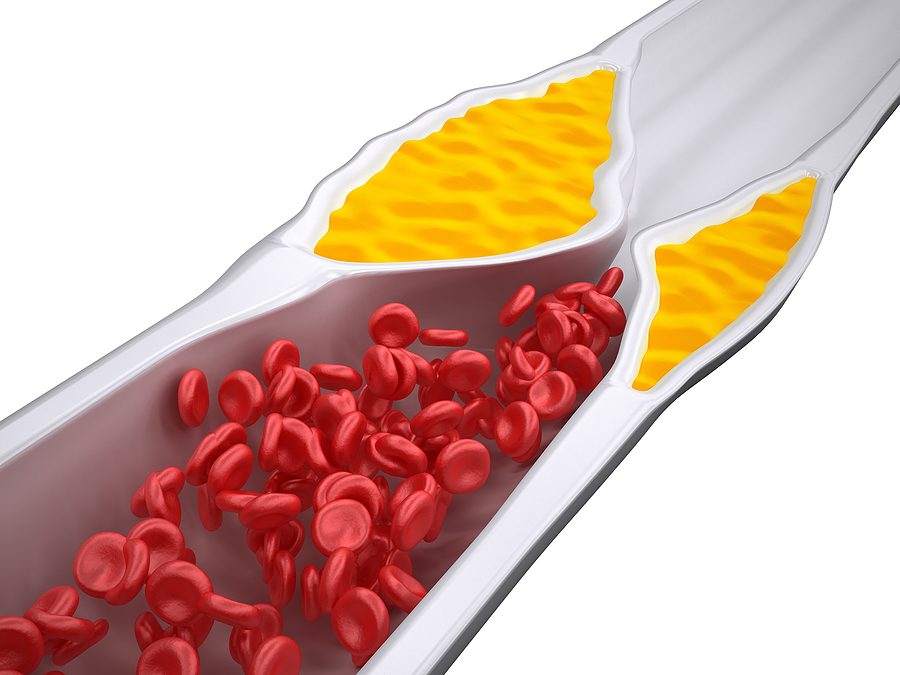
Coronary Calcium Scoring
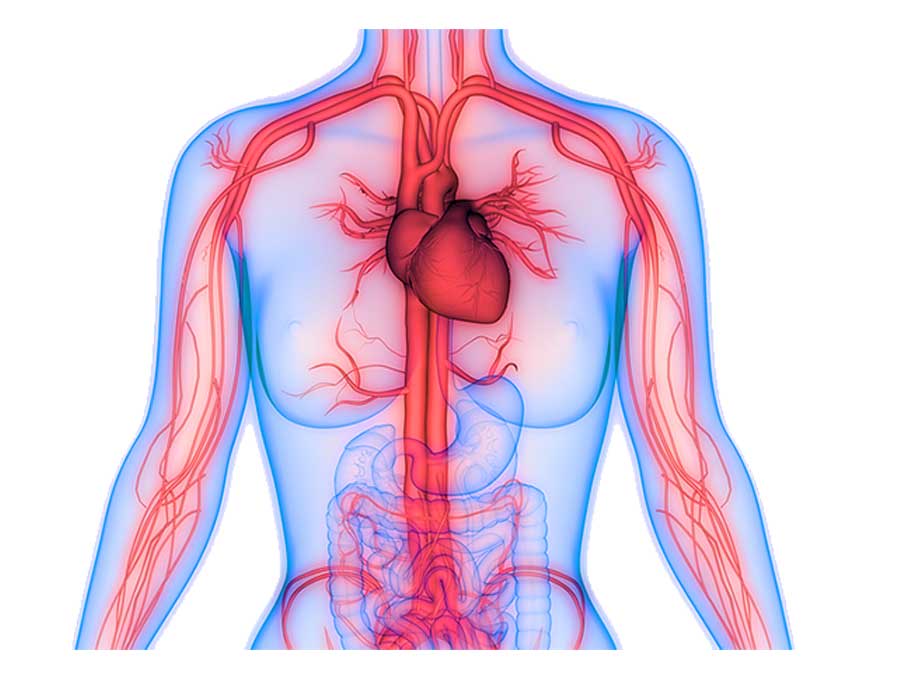
Angiography
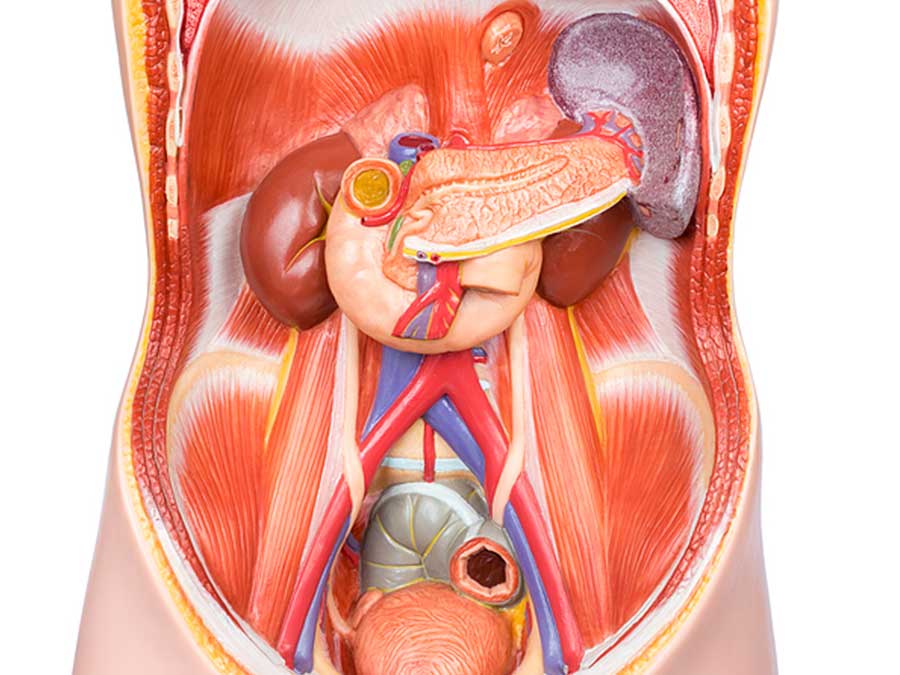
Abdomen and Pelvis
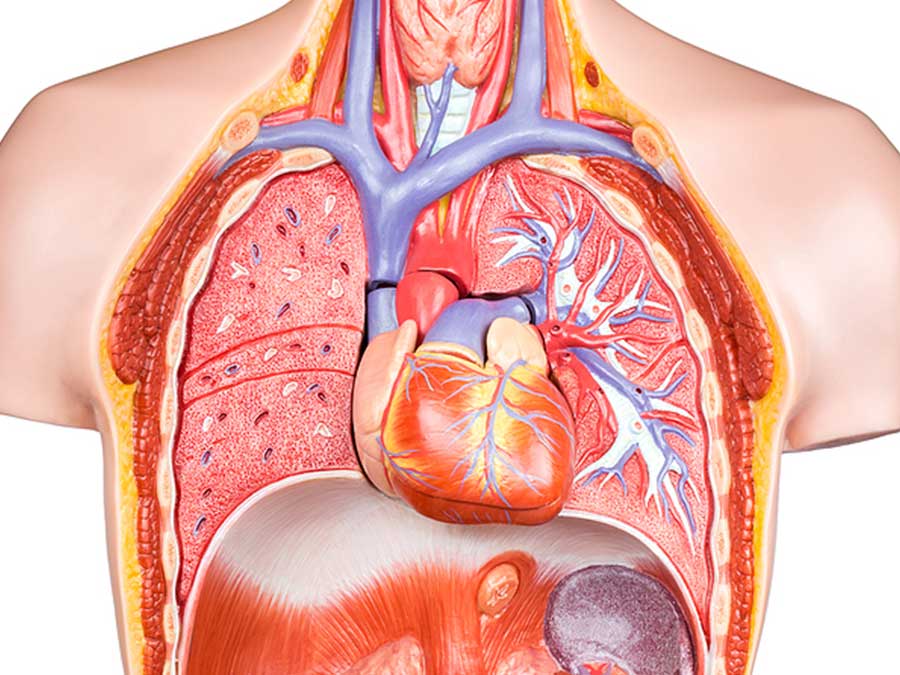
Chest
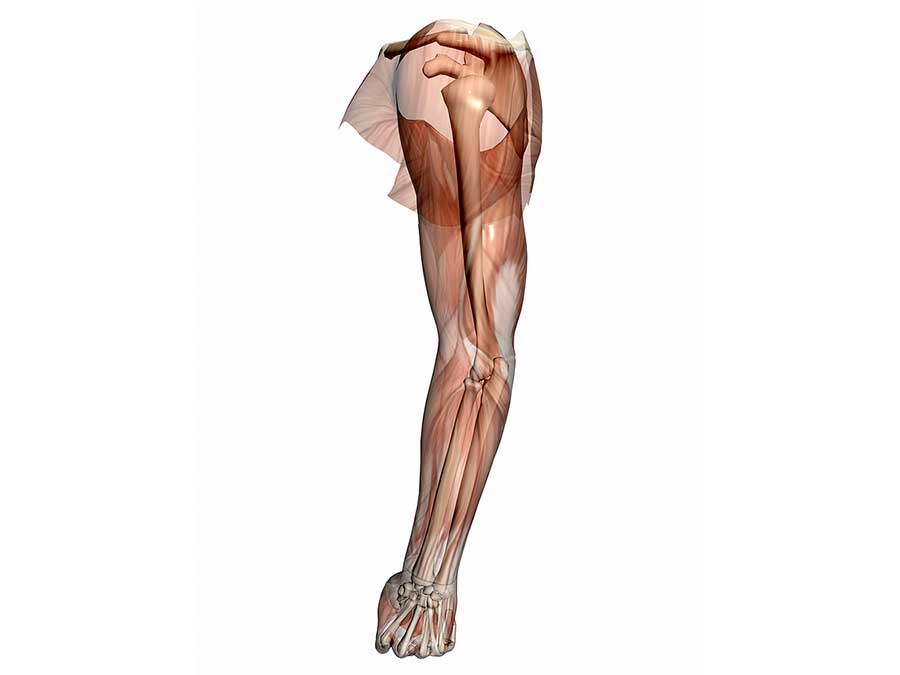
Upper Extremities

Lower Extremities
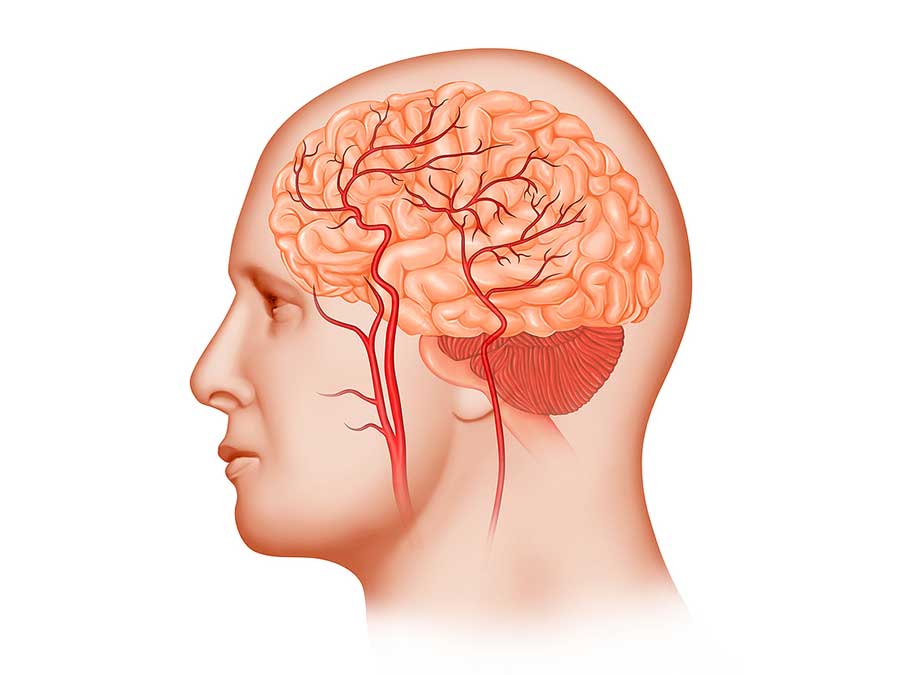
Head
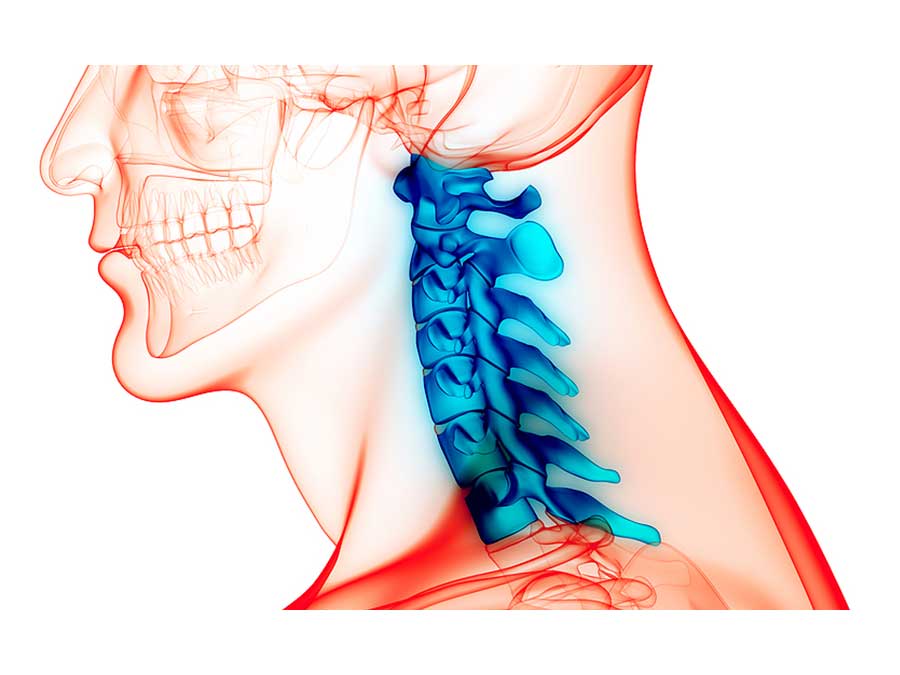
Neck
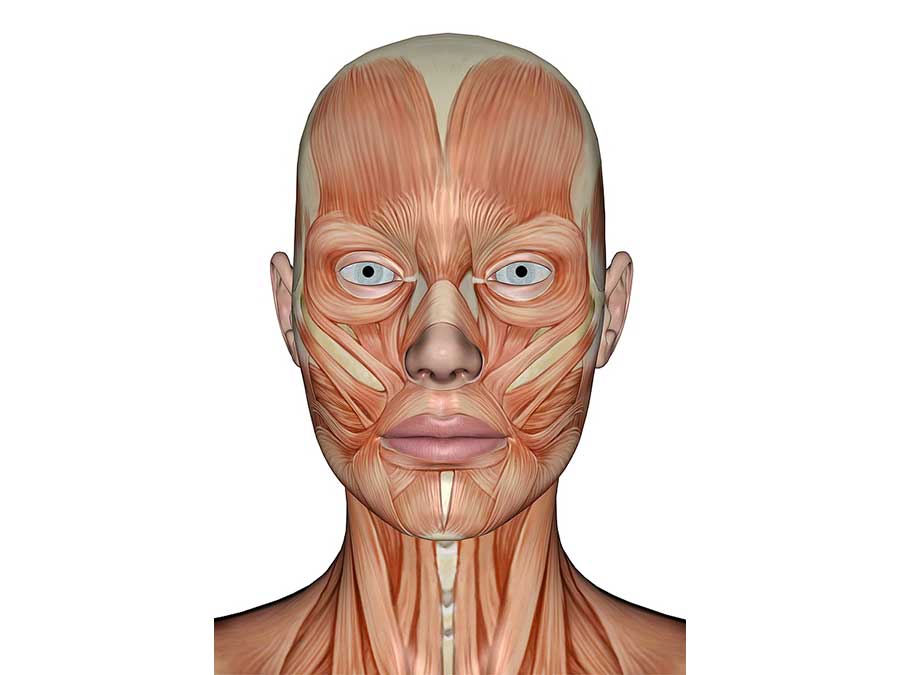
Maxillofacial

Orbit
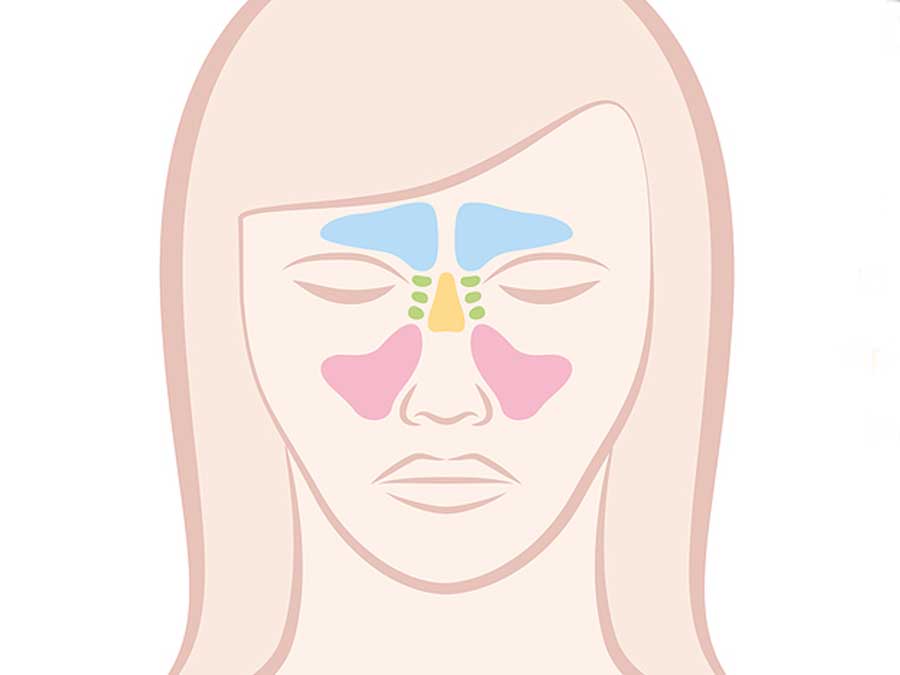
Sinuses
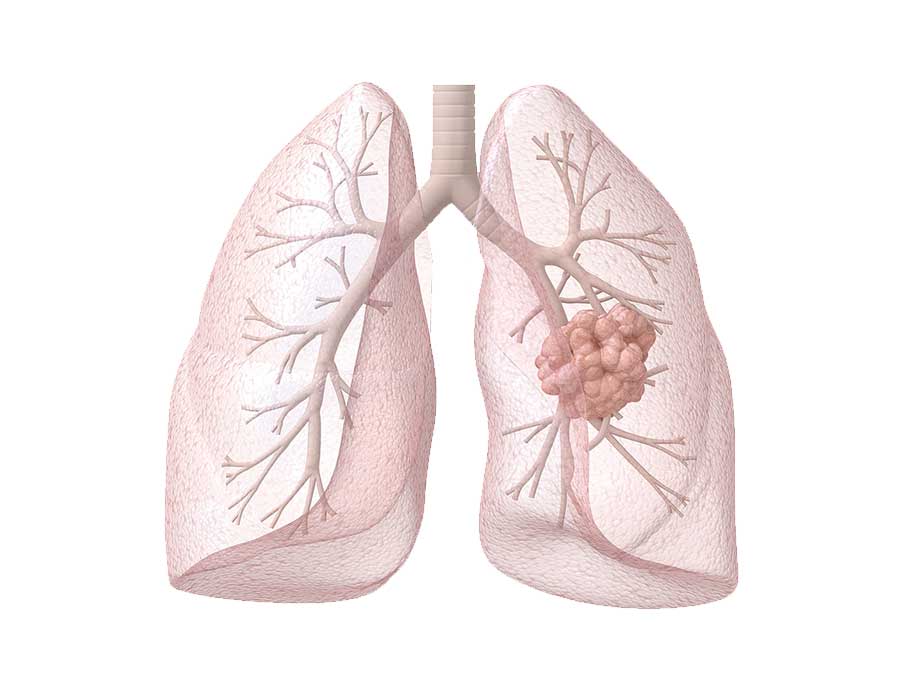
Lung Cancer Screening

Ultra-low Dose CT
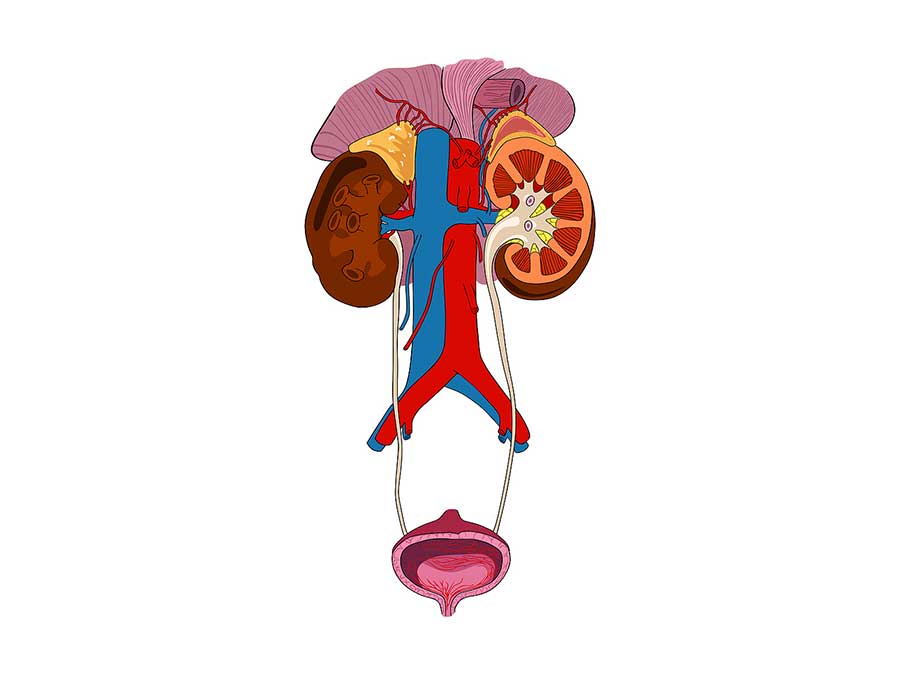
Urography

Spine

Heart
About CT Scans
CT scans, also sometimes called CAT scans, combine X-rays with computer technology to create detailed images of different body parts. Unlike standard X-rays which take a picture of the whole structure being examined, CT has the ability to show a body part in “slices”. The scan is quick and painless.
What to expect
Exams usually take less than 20 minutes. Before the scan begins, you may be asked to put on a gown depending on the body part being scanned. You will then be asked to lie on the scan table. During the test, the table will move through a doughnut-shaped tube. This tube will move around the body parts being scanned, collecting pictures from various angles. You’ll be able to see out of both ends of the scanner. You will want to be as still as possible and the technician may ask you to hold your breath for short periods.
How to prepare
Many tests, such as those involving the spine, bones, joints, sinuses, or kidney stones, require no preparation. Some CT tests include the use of a dye or “contrast” to help body parts show up more clearly on the image. If so, you will be asked to swallow the dye in a drink, or it will be injected into your vein. If the contrast is injected, you may feel a warm sensation throughout your body.
If your test needs contrast, please do not eat or drink for 4 hours before the exam. Drink plenty of fluids after the test to help your body get rid of the dye. We will provide detailed instructions when you are scheduled for your exam.
If your test needs contrast, please do not eat or drink for 4 hours before the exam. Drink plenty of fluids after the test to help your body get rid of the dye. We will provide detailed instructions when you are scheduled for your exam.